The fear of change versus the need for it
With people at the top of the food chain seeking change and diehard Imagineers protecting the old ways, the entire company suffered a stalemate. Eventually, CEO Robert Iger got involved, picking the side of technology over stagnation. The end result was that a project named X-Band moved forward. You know many of the kernels of it as My Magic+, but the most important one for the purpose of this discussion is FastPass+.
Disney knew from their research that guests weren’t experiencing the optimal number of rides during a day at the park. Some were enjoying too many while others weren’t getting enough due to self-inflicted wounds. They chose to stand in line rather than utilize existing technology. The company’s original plan with FastPass was to drive consumer behavior. It hadn’t worked to their satisfaction, and so a key part of their next phase of technological evolution would center on achieving this task in the most user-friendly manner possible.
Not your 90s FastPass
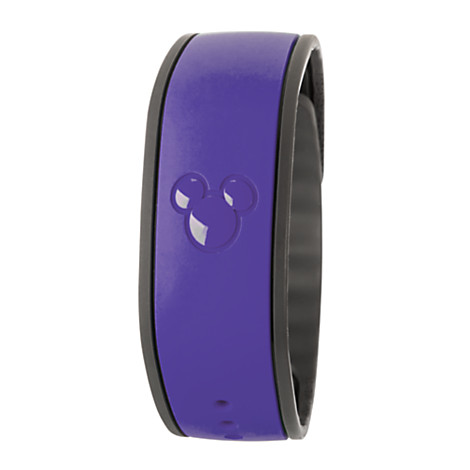
Image: Disney
The X-Band that you now know as a MagicBand promises several benefits to park guests. You can check into your hotel room, pay for your food and souvenirs, and enter Disney’s theme parks using the same accessory. It’s a Trojan horse for the company as well. By asking consumers to use bands, they can project park traffic ahead of time.
The FastPass+ system fundamentally alters the distribution system. While you can acquire FastPasses at the park, the optimal method is to select them at home. All Walt Disney World ticketholders can visit MyDisneyExperience.com to plan their itinerary up to 30 days in advance. Guests staying at Walt Disney World resorts gain an additional 30-day window, meaning that they can book their FastPasses two full months prior to arrival. It’s a planner’s dream, and it delivers vital information to Disney about expected guest traffic on a given day. They can also more easily project and maximize crowd traffic behavior and attraction occupancy.
The central knock on FastPass+ is that it removes any semblance of spontaneity during a day at the Happiest Place on Earth. People without selections are likely to face longer wait-times due to the fact that they are the last people to state in interest in the various attractions. It's also clearly intended to discourage guests from leaving Disney property (can you really afford to go to Universal or SeaWorld on Thursday, and miss your Test Track slot?).
Disney tries to sidestep the issue by driving consumers to utilize the FastPass+ service. The company invested roughly $80 million to enhance the functionality of MyDisneyExperience.com in anticipation of people going online to book their selections. The company delivers automated reminders, a sort of kindly nagging, to remind people with purchased park tickets to use FastPass+. The goal here is to control the process of park attendance. Disney believes that they’ve raised the daily occupancy at Magic Kingdom by over 5,000 people simply by employing the new technology.
In order to achieve such an impressive goal at the world’s most trafficked theme parks, some changes were made to the previous FastPass system. Under the original version, there was no upper limit to the amount of FastPasses a person could acquire. That’s precisely how so many people managed to abuse FastPass classic. FastPass+ is much less forgiving. The updated system provides users with their choice of only three selections, a tremendous reduction from the prior version. At the beginning, there was no methodology in place to gain additional ones, although Disney relaxed that rule after a few months. People can now acquire an extra FastPass+ after they’ve used their first three, but you can only do so at a park kiosk, similar to the olden days.
That leads to another difference in the systems. Under the new version, you must choose the same park for all FastPasses, even if you plan to hop between parks. After you’ve used your first three, you can acquire a new one at a different park, but that’s somewhat tricky to accomplish in execution. The most popular FastPass+ selections quickly advance the return windows until late in the day, and attractions such as Toy Story Midway Mania are exhausted early on most days. None of this surprises Disney, and it’s easy to speculate that this is even an intended part of the infrastructure. The company more easily controls the population and thereby the maximum occupancy at each park if they discourage park hopping via FastPass+ limits.
There is another layer of control FastPass+ provides. Disney implemented a final dramatic change from the prior iteration of the service. FastPass+ tiers the most popular attractions at Epcot and Hollywood Studios, parks that are top-heavy with regards to quality rides. This is to prevent quicker FastPass+ sellouts. For example, Epcot features Test Track and Soarin’ and a bunch of other attractions that have little to no wait in line.
Without using FastPass+ tiers, everyone would select both of those rides plus something else in high demand such as prioritized seating at Illuminations. To prevent this, Disney forces guests to choose between all three of them. My Disney Experience lists each one as part of Tier 1 and provides only one such FastPass+ selection per guest per day. The same is true at Hollywood Studios, where choosing Toy Story Midway Mania means ceding Rock ‘N’ Roller Coaster and guaranteed seating for Fantasmic! as the opportunity cost.
In short, Disney now locks down the system to prevent the rampant abuse in the prior FastPass system. Some guests feel like they receive less value under the new FastPass+ system, but Disney feels the need to be more restrictive in order to assure that the people who wait until the last minute to make their selections don’t get shut out completely. They prefer guests to book their FastPasses earlier, of course. It’s simply not feasible for everyone, though. By protecting the interests of everyone, Disney restores its ability to ensure that guests enjoy those eight to nine daily attractions per visit while simultaneously increasing the number of park visits.
There is a certain amount of credulity involved with the news that a company as forward-thinking as Disney still employs technology originally implemented in 1999. They do this despite the fact that they famously invested a billion dollars into a new design that functions quite well at Walt Disney World, not only enhancing the guest experience but also boosting maximum ride and park occupancy as well. What this information reflects is how brilliant an idea FastPass was at the time as well as how difficult it is to provide a better solution that is cost-effective. Even Disney itself struggles to surpass their own achievement, recognizing that while FastPass+ is better, it’s not a perfect fit for every park, at least not yet.
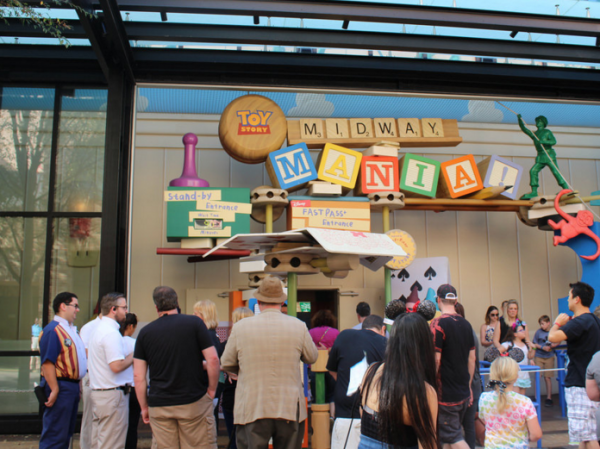
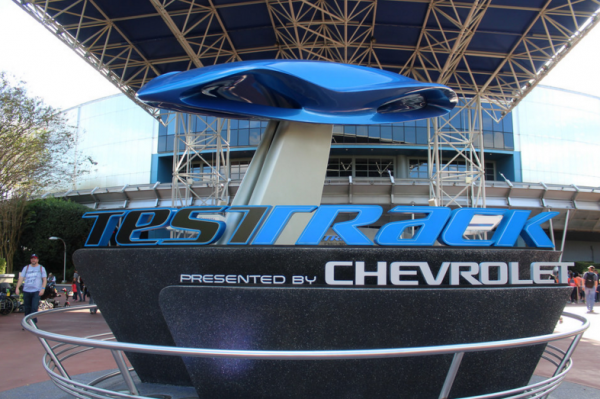
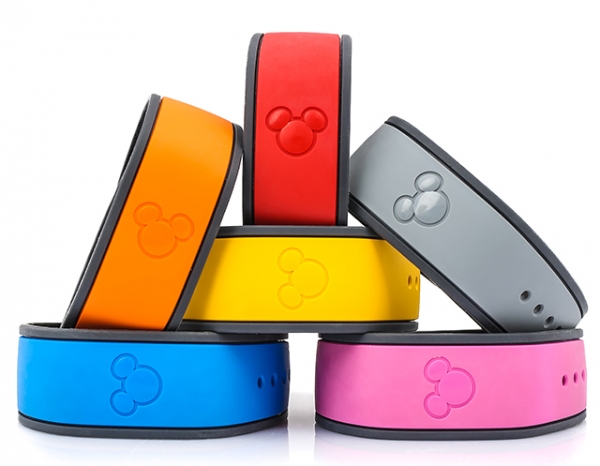
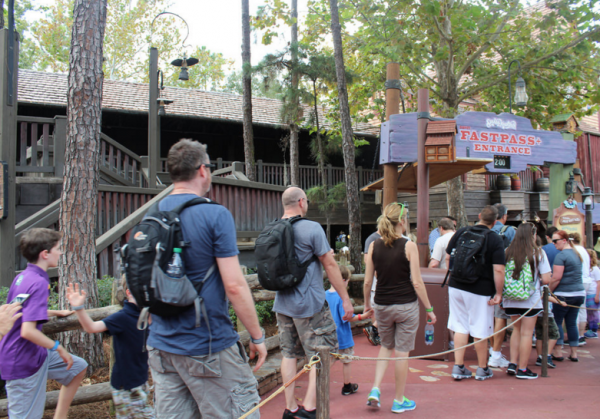

Comments
Nice history of the Fastpass system. However, you keep referring to Walt Disney World as the "Happiest Place on Earth." That phrase actually refers to Disneyland in California, which still employs paper Fastpasses. Disney World is referred to as the "Most Magical Place on Earth" and employs MyMagic+.